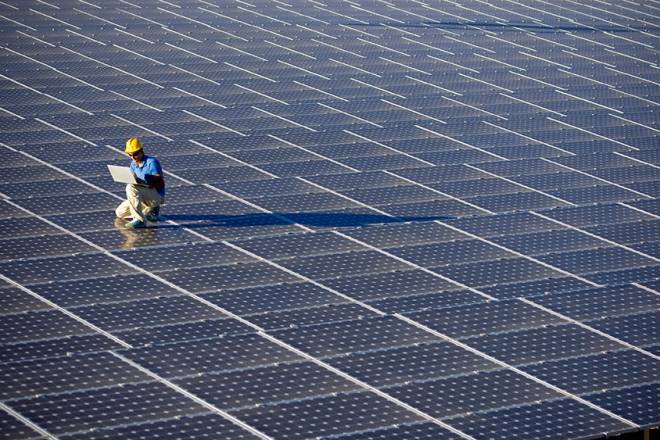Scientists have created efficient plastic solar cells by replacing an environmentally hazardous chemical with a flavouring agent commonly used in eatables.
The solar cells, developed by researchers from North Carolina State University in the US and the Chinese Academy of Sciences, can be manufactured at room temperature, and has implications for large-scale commercial production.
Plastic solar cells, or organic photovoltaics, are popular because they are lightweight, flexible, transparent and inexpensive to manufacture, making them useful in multiple applications.
However, the halogen-containing solvents used in their manufacture are an obstacle to large-scale commercialisation.
These solvents are key to making sure that the solar cell’s morphology, or structure, maximises its energy efficiency; however, they are environmentally hazardous.
The use of these harsh chemicals requires a controlled environment, which adds to production costs.
Long Ye, a postdoctoral research scholar at NC State, wanted to find out if non-toxic solvents could provide equally efficient morphology in the manufacturing process.
Researchers developed a proof of concept semi-printed plastic solar cell that utilised o-methylanisole (o-MA) as the solvent.
O-MA is a commonly used flavouring agent in foods, and is non-toxic to humans.
The researchers used soft X-ray techniques to study the morphology of their solar cell. They found that the o-MA based solar cell had similar morphology, crystalline features and device performance to those produced by halogenated solvents.
The solar cell’s overall efficiency rating was around 8.4 per cent. The cell could be produced via blade coating at ambient, or room temperature.
Blade coating is a process that uses a glass blade to spread a thin layer of the photovoltaic film onto either a rigid or flexible substrate, and the process is compatible with large-scale commercial manufacturing.
“Two of the key requirements for mass producing these solar cells are that the cells can be produced in the open air environment and that the process doesn’t pose health or environmental hazards,” said Ye.
The research appears in the journal Chemistry of Materials.
PTI

